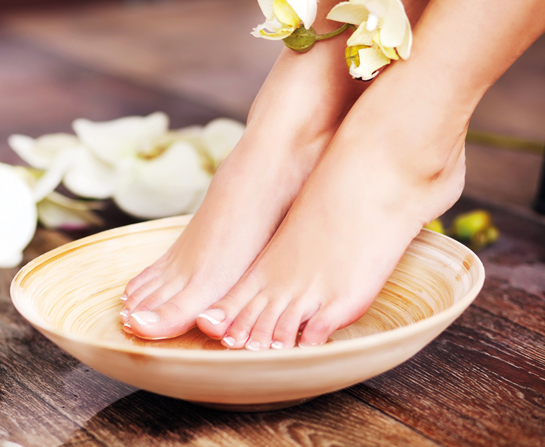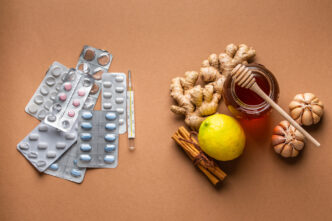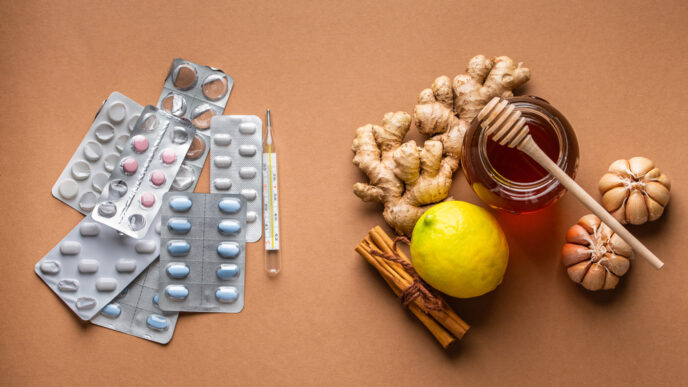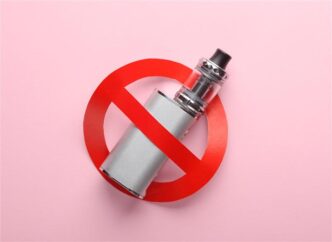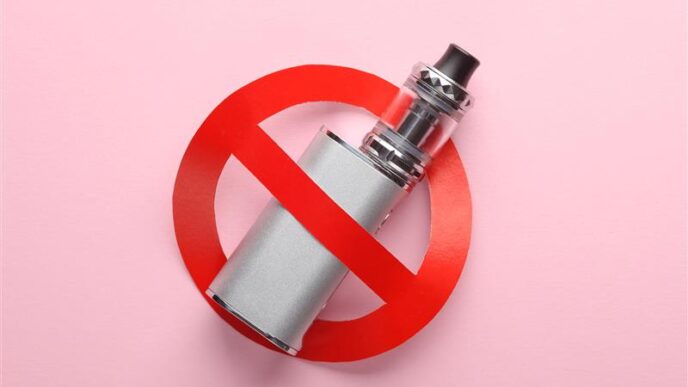Longing for smooth, baby-soft feet? Can’t seem to find a way to get rid of those pesky hardened skin known as corns and calluses? A podiatrist dishes on the best ways to eliminate corns and calluses safely and for good.
WORDS HANNAH MAY-LEE WONG
 FEATURED EXPERT FEATURED EXPERTLIM YUANSHUANG Podiatrist FootDoctor Podiatry Clinic |
WHAT ARE CORNS AND CALLUSES?
Lim Yuanshuang:
Corns normally come together with calluses.
They are thick, hardened layers of skin that develop on the bottom of our feet.
The difference between the two is that:
- Calluses grow on the outer layer of our skin.
- Corns grow inwards, and inside our skin.
WHAT ARE THE CAUSES OF CORNS AND CALLUSES?
Lim Yuanshuang:
Basically, corns and calluses form when your skin tries to protect itself against friction and pressure.
- Thus, corns and calluses tend to appear on the pressure points of a foot.
- They could be worsened when we wear ill-fitting shoes.
- Each person’s pressure points are unique, therefore, the position of where corns and calluses develop differs from person to person.
A podiatrist would be able to tell you why you are developing corns in certain areas by observing the way you walk.
- The risk of developing corns depends on a person’s foot type and joint mobility.
- Those with existing foot deformities are also at higher risk of developing corns and calluses.
HOW ARE CORNS DIFFERENT FROM WARTS?
Lim Yuanshuang:
Warts usually do not grow at the pressure points of your feet.
But if they do grow in those areas, it can be quite hard to differentiate corns from warts. The podiatrist might have to do some debridement (removal of dead skin) before they can tell if it is a corn or a wart.
That said, corns and warts are completely different things.
Cause. Warts are caused by viruses of the human papillomavirus (HPV) family, and if you debride a wart, sometimes you will see black dots and/or some pinpoint bleeding.
Treatment. Warts are removed by salicylic acid or special medicated plasters available in the pharmacy.
- However, they can be very stubborn, and everybody responds differently to treatment.
- Some people can get rid of their warts easily with the creams and plasters widely available in pharmacies.
- Others may need to see a dermatologist who would prescribe something stronger like cryotherapy.
HOW DO WE TREAT CORNS AND CALLUSES?
Lim Yuanshuang:
Corns
- You should see a podiatrist or doctor to have it removed.
- They will use a scalpel or blade to de-nucleate the corn and scrape it out. Don’t worry, it is usually not a painful process; it’s a bit like going to a pedicurist!
Since corns are caused by prolonged friction and pressure in the same area, they are likely to grow back again after removal. If a patient’s corns grow back quickly after being removed, orthotics, which are custom-made padded shoe inserts, can be prescribed to help relieve pressure at certain points of the foot.
Calluses
If you are healthy, not diabetic and have no vascular issues (abnormal conditions of the blood vessels), you can file your calluses at home using a nail file or an emery board.
“Corn and wart removal creams” are not a long-term treatment for corns.
|
WHAT ARE THE POSSIBLE COMPLICATIONS?
Lim Yuanshuang:
If you are healthy and don’t have diabetes, developing corns and calluses is not a big issue.
If the problem becomes severe, the affected area would hurt and alert you to do something about it.
However, on a person with diabetes, corns and calluses can lead to ulcers — a matter that should not be taken lightly.
- Nerve damage from diabetes can lead to the loss of sensation in the feet.
- The affected person does not feel pain even when the corn continues to rub.
- As a result, the corn can break off, damaging the tissue around it and becoming an ulcer which can become infected.
Thus, if you have diabetes or any vascular issues that cause poor blood flow to your feet, seek the advice of your doctor for proper foot care and management of corns and calluses.
HOW CAN WE BEST PREVENT CORNS AND CALLUSES?
Lim Yuanshuang:
The best way is to reduce repeated pressure and friction in the same area of your foot.
- Wear shoes that fit you well
- These shoes should have plenty of support and room to wiggle your toes; sport shoes are a good option
- Wear socks to protect your feet and reduces friction.
Another great option is to get a pair of prescription foot orthotics from a podiatrist.
Lastly, you may want to purchase protective pads or coverings over areas on your feet that tend to rub.
| This article is part of our series on how to keep your feet healthy and in tip-top condition. |

